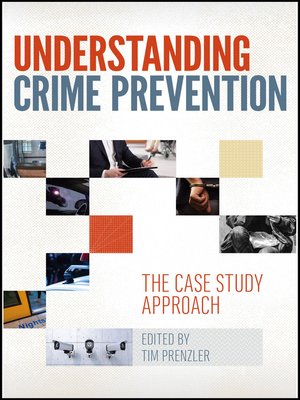
Sign up to save your library
With an OverDrive account, you can save your favorite libraries for at-a-glance information about availability. Find out more about OverDrive accounts.
Find this title in Libby, the library reading app by OverDrive.



Search for a digital library with this title
Title found at these libraries:
| Loading... |
Crime prevention benefits everyone, including would-be criminals saved from the negative consequences of offending. Yet much of today's policy on preventing crime is driven by political ideology and anecdotal evidence, with insufficient planning and evaluation. Improving the practice of crime prevention is vital to ensure communities are safe and productive for all who live in them. However, crime is complex, the causes of crime are complex and, consequently, diverse methods are required to make the very large reductions in offending urgently needed around the world. This book contributes to improved practice in crime prevention, primarily through the lessons from successful projects. It provides an overview of current research in the field, and an exposition of some of the best case-studies from the past — including in the areas of property crime, fraud, violence and disorder — which demonstrate large-scale successes in prevention. The book is a must-read for security practitioners, crime prevention and community safety officers, police, research and policy officers, politicians, and students and academics in the field. Featuring an impressive list of contributors, Understanding Crime Prevention covers a wide spectrum of topics and approaches, designed to address crime problems from multiple angles. These include: standards in crime prevention policing, deterrence and incapacitation offender management and rehabilitation developmental interventions community-based prevention situational crime prevention crime prevention through environmental design security management physical security and people management, and the security industry.






